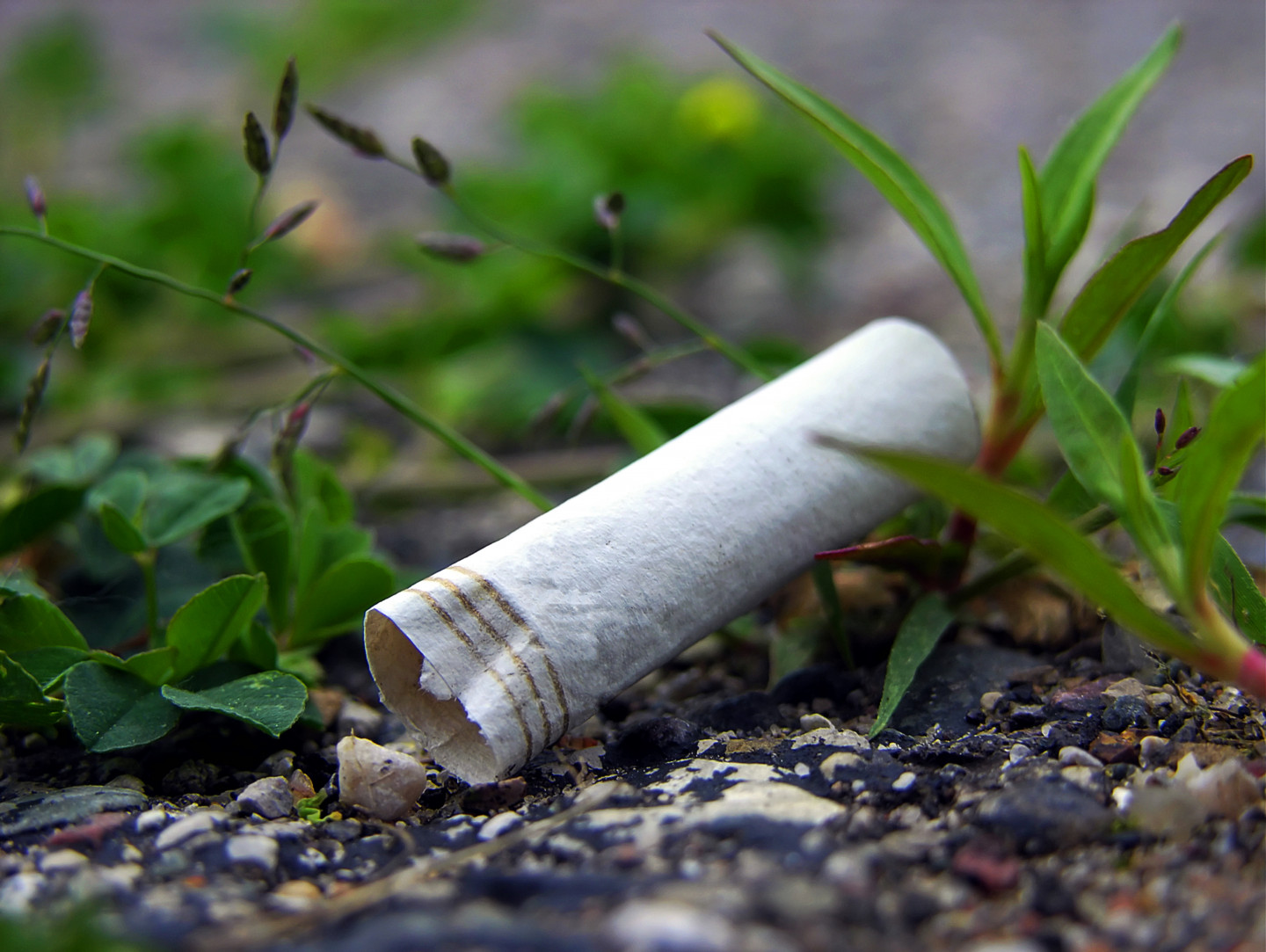Scientists from the University of Nottingham have discovered that cigarette butt derived carbons have unprecedented hydrogen storage capacity.
Discarded cigarette butts are a major environmental pollution hazard and are one of the most abundant forms of anthropogenic litter on the planet. Researchers still know very little about how the chemicals and pollutants impact terrestrial ecosystems yet a study published in July this year found that the chemicals within discarded cigarette butts significantly cause plants harm by reducing their germination, growth and activity.
Scientists from the University of Nottingham have discovered that cigarette butt derived carbons have unprecedented hydrogen storage capacity. Robert Mokaya, Professor of Materials Chemistry at the University of Nottingham and Troy Scott Blankenship, a Chemistry undergraduate utilised cigarette butt waste to develop a material that offers unprecedented hydrogen storage properties.
Sustainable energy conversion aims to result in zero carbon emissions of greenhouse gases using sources that the Earth naturally replenishes. Renewable hydrogen provides one of the best opportunities for sustainable energy as when burned, its only by-product is water. The hydrogen can be stored in existing natural gas systems and used as a sustainable energy source in all sectors of the economy.
When discarded and thrown into the environment after use, cigarette butts contain a multitude of unsmoked remnants. The butts contain a non-biodegradable chemical called cellulose acetate. This chemical is incredibly polluting when discarded in the environment, yet in material science, cellulose acetate is a useful polymer that can be used for a variety of applications.
When recovering cellulose acetate from cigarette butt waste — by solid-liquid extraction and chemical precipitation — hydrothermal carbonisation (which requires only heat and water) yields a carbon product called hydrochar. Mokaya and Scott found that when the hydrochar is activated it generates oxygen-rich carbons that have a high surface area. This carbon is super porous with ultra-high surface area and high hydrogen storage capacity.
Mokaya and Blankenship’s research illustrates how gaining porous carbons from cigarette butts can produce new levels of hydrogen storage for porous materials. The development also addresses the issue of recycling harmful cigarette butts into a useful energy source.
